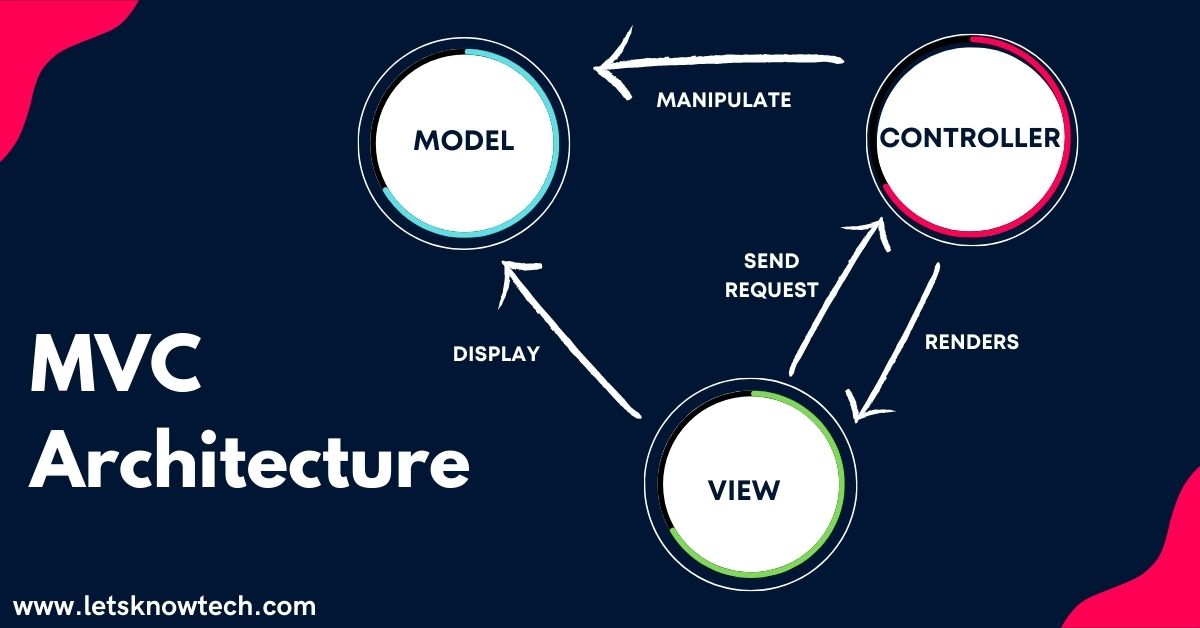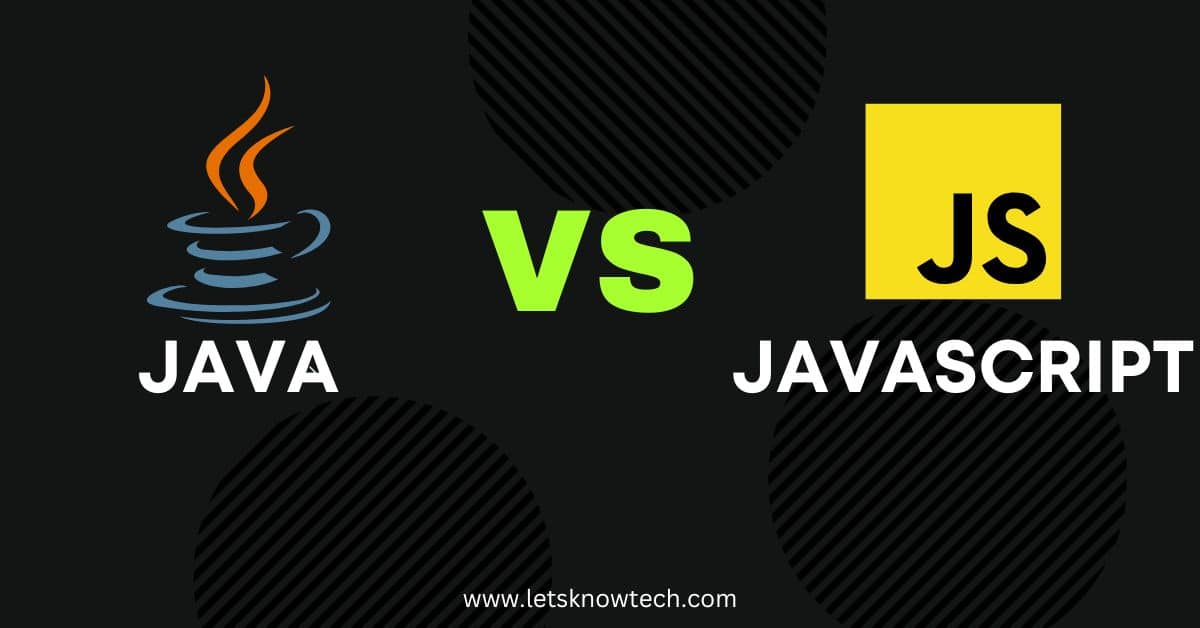The 10 Best Server Side Web Frameworks for Backend Development

If you’re responsible for building backends, chances are you’ve heard of Node.js or Express already – these two frameworks have become extremely popular over the past few years, and continue to be used by millions of developers worldwide in both small and large projects alike. But what about frameworks that aren’t so well-known? In this article, we’ll look at ten server side web frameworks that might just help you take your backend development to the next level.
The server side web framework you choose can make all the difference in the success or failure of your web project, so it’s important to choose wisely! With that in mind, we’ve compiled this list of the best server side web frameworks around, based on their ease of use, scalability, performance, and community support. These have been chosen by experts who have used them successfully on their own projects. Check out our list below and get building!
1) Django
Django is a free and open source web framework written in Python. It follows a Model-View-Controller (MVC) architecture and implements core aspects of its functionality in reusable apps, allowing programmers to create high-quality websites quickly. Major companies such as Instagram, Disqus, Mozilla and Bitbucket use Django to power their websites. In fact, TechCrunch once commented that Django is one of the most popular web frameworks out there today. The most common use cases involve Django being used as a backend framework to develop fullstack applications or mobile web apps.
As you can see, there are many benefits to using Django as your server side web framework. First and foremost, it’s very easy to learn due to its similarities with Python programming language. And since it’s completely free and open source, developers don’t have to worry about breaking any budget constraints either.
In fact, if you want to start learning how to develop backend web apps in Python right now, I recommend checking out an online course on Udemy called Complete Guide To Django. It will teach you everything from basic concepts such as what a web app is all the way up to creating complex applications like Instagram or Disqus. If you’re looking for something more comprehensive that covers both front-end and back-end development at once, I suggest taking a look at Fullstack Academy . Not only do they offer a $1 trial period where you can try out their entire curriculum before making a decision but they also cover other popular server side frameworks such as Ruby on Rails or NodeJS!
2) Express
You can create an entire web application using just one file with Node.js and Express, a powerful web framework. Express uses HTML templates to generate server-side views. It comes with features like URL routing, a built-in development server, caching, compression support and more.
Performance is a key feature of Express. The framework is designed in such a way that it allows developers to use non-blocking I/O and asynchronous programming techniques which can be beneficial when dealing with large amounts of data on both client and server side applications. This enables developers to handle thousands of requests per second depending on their hardware configuration. There are many other useful features available in Express such as template engines, middleware, request validation etc., all making it one of the best server side frameworks available today.
3) Node JS
Node.js is one of today’s most popular server-side web frameworks, known for its speed and efficiency when it comes to serving dynamic content to web users. One thing that makes Node different from other server-side programming languages is that it was designed with a front-end mindset, allowing developers to easily utilize any JavaScript libraries in their programs. Node’s non-blocking I/O is an important part of its success—and what makes it such a powerful tool on which to build backends. Not only does non-blocking I/O eliminate many application performance bottlenecks, but it also simplifies your code by letting you focus on writing more logic and less code used just to keep track of a user session or manage data retrieval calls.
You can get started with Node by taking free courses, like those available on Treehouse and Code School. And when you’re ready to venture out into other languages, it’s likely that you’ll already have a decent knowledge of JavaScript under your belt—meaning you can easily learn another language.
4) Laravel
If you’re looking to learn server-side web development, Laravel is a great place to start. If you’ve heard of MVC frameworks before, you know that it basically means there are different components to your application—the view (what users see), controller (all of an application’s business logic and conversations with databases), and model (information being stored in a database). Laravel uses what they call a HMVC (Heroku) architecture, which allows developers to implement their own views and models on top of an existing framework. The benefit here is flexibility—instead of starting from scratch when creating your app, you can use pre-existing implementations that other developers have already built. It also makes it easier to add new features or change things around if you don’t like how something works.
5) Flask
Flask is a microframework for Python, so it doesn’t require setting up a development environment or configuring additional packages to get started. It’s similar to Django in that it comes with built-in web server and a command line utility. However, unlike Django, Flask allows you to write your code in either Python or Javascript. Also, if you want to use something like jQuery in your app and don’t want to hassle with cross-browser issues, Flask supports coffee-scripting.
Flask has been around since 2010, but it has a small community of developers compared to some other frameworks. However, its popularity continues to grow every year as more people discover how easy it is to build fast websites using its lightweight features. You can learn more about Flask on its website. A lot of people are intimidated by server side programming because they think they need to be an expert programmer in order to do anything meaningful with backend languages like PHP or Ruby on Rails . This isn’t true!
6) Ruby on Rails
Rails is a lightweight framework for server-side web development, optimized for programmer happiness and sustainable productivity. You can build complex web applications using only one language (Ruby) instead of three or four languages to develop your front-end, back-end, and data layer. It was created by David Heinemeier Hansson while working on Basecamp at 37signals. Its popularity peaked when it was used in companies like Twitter and Groupon. The framework is famous due to its convention over configuration paradigm which relieves developers from explicitly declaring their code’s structure by allowing them to concentrate on what they really care about: writing great application logic.
7) Phoenix
Phoenix is a full-stack web framework that’s really in its own class, but isn’t quite on par with Node. Phoenix is a language built around functional programming concepts, and it works well as a backend API or frontend framework. Phoenix is a really powerful framework with a lot of cool features that make it easier to build large-scale web applications.
If you want to learn more about , check out Phoenix’s documentation. It’s very well-written and provides an excellent resource for new developers. It also has some of the best documentation I’ve seen in any framework. You can install Phoenix via Homebrew if you’re on macOS. If you’re running Debian Linux or Ubuntu Linux server, use apt to install it via APT. For Amazon Linux, use yum to install it. Once installed, run mix phoenix.new myappname to create your new project directory structure. Change into your new project directory (cd myappname) and then run mix ecto.create –env development to create your database tables based off of your application’s model files (found in lib/myappname/models). Next, run mix phoenix.server and visit http://localhost:4000 from your browser window to see your app come alive!
8) Gin
Gin is an open source web framework written in Python that follows a micro-framework approach. While there are many other frameworks that also follow a micro-framework approach, Gin is notable because it has integrated support for Python 3 and asynchronous HTTP requests—features that may not be available to all users of other similar frameworks. Because of its fast and easy-to-understand API, Gin is often used by Python developers who are new to backend development. This can come in handy if you’re trying to build a fast application from scratch as your first foray into professional programming.
9) Rocket
Full-stack web frameworks get a lot of attention, but there’s one area that they don’t cover: APIs. If you need to build an API and provide data to other applications, you might want to check out Rocket. It’s a Node.js framework built by Walmart, and it can easily power your API backend. To use Rocket with MongoDB, follow these steps: 1) Create a database; 2) Install mongoose; 3) Configure mongoose in your app; 4) Add schemas and models. The framework is easy to learn if you have experience with Node or Express, so start looking into it today!
10) .NET
.NET (pronounced dot net) is a free, cross-platform and open source development framework by Microsoft. The .NET Framework contains a large library of code that developers can use to build applications. There are also lots of tools and software libraries, like web browsers, which have been built using it. That means you can use these pieces of software to write apps in Visual Basic or C# on Windows PCs or Apple Macs or Linux machines — or all three. It’s an incredibly powerful tool that lets you develop web apps or mobile apps quickly and easily. You might wonder why we’re even mentioning .NET here; after all, it was developed by Microsoft for its own products and doesn’t seem very open source at first glance. But since 2008, there has been a full-fledged open source version called Mono available. Mono lets you run .NET code on many different operating systems and supports many different programming languages, including Java and Python. This makes it one of our favorite choices for backend development because it offers so much flexibility in terms of what you can do with your app later down the road.

Rishad is a software engineer with a passion for web development. He has been working as a freelancer for the past 3 years, helping businesses and individuals create professional and functional websites. He is an undergraduate student of BSC in Software Engineering (Kingston UK). Rishad’s expertise lies in JavaScript/PHP/Wordpress/React/Django/Python, and he is constantly learning and updating his skills to stay on top of the latest trends and best practices in web development.



